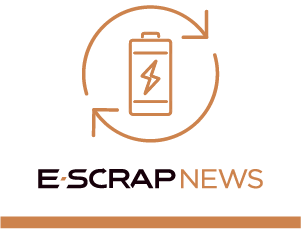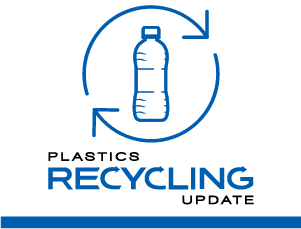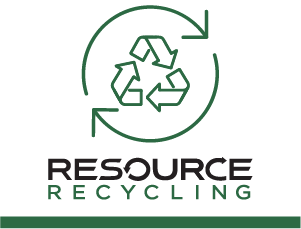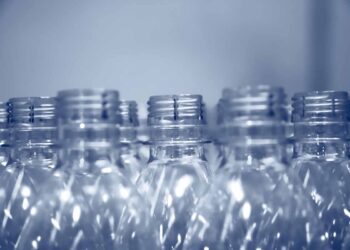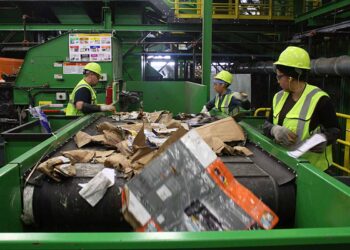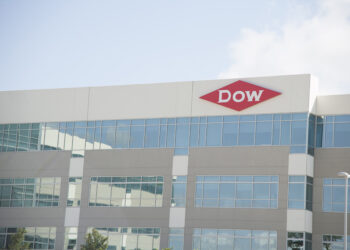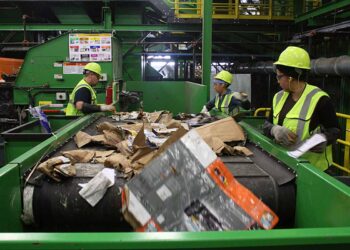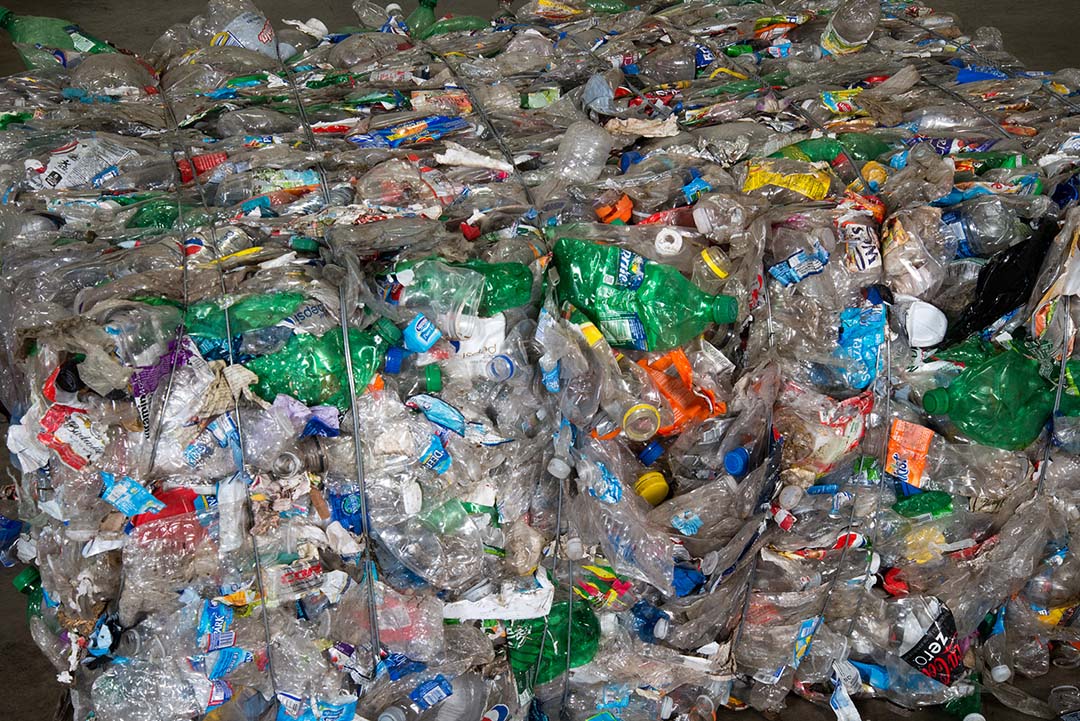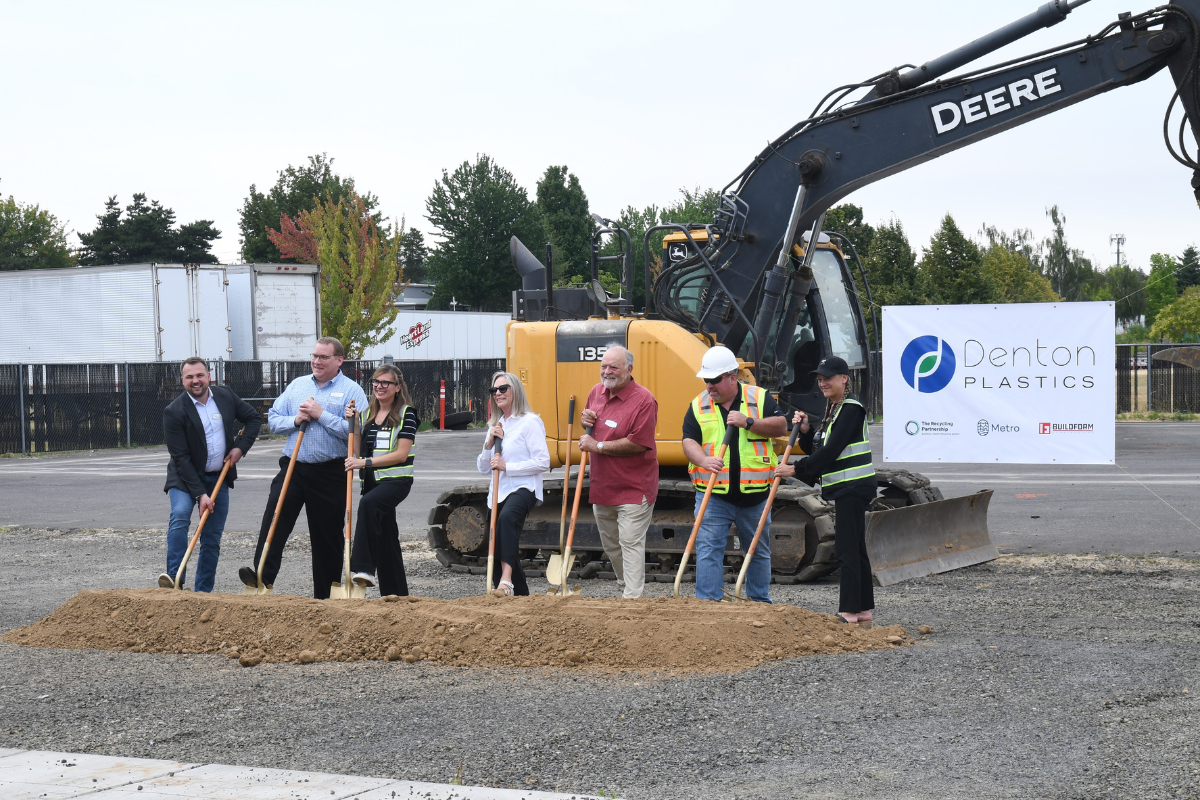During a recent investor call, Republic Services subtly confirmed it would site its third co-located polymer center and resin processing plant in Pennsylvania, and the hauler soon confirmed the specific location: Allentown.
The company expects to start construction on the polymer center in late October or early November, and equipment has already been ordered, Pete Keller, vice president of recycling and sustainability, told Plastics Recycling Update. He estimated that the company would start installing equipment next April, start commissioning the unit toward the end of 2026 and ramp up toward Q1 2027. At that point, he said, the center would start to build inventory of processed post-consumer plastics, ahead of producing RPET flake.
The co-located Blue Polymers recycled HDPE and PP production, a joint venture with distributor Ravago, will be placed in a long-idled structure nearby belonging to Ravago, and development of that site will be about 12-18 months behind the polymer center, Keller said.
Buying feedstock bales
That timeline would put prebuying of feedstock bales around the end of 2026, Keller said. When Republic Services began buying feedstock ahead of starting up its Indiana polymer center and Blue Polymers resin plant in mid-summer 2024, prices for HDPE natural bales soared to record highs. Keller said the new center would source about 40% of its feedstock from third parties, as the existing Indianapolis and Las Vegas centers do.
Republic is co-locating Blue Polymers recycled polyolefins production with each of its four planned polymer centers, which produce RPET flake for sale to converters. The plant in Indianapolis is the first to be completed, and is expected to start commercial production in Q4 of this year, after the commissioning phase is completed, CEO Jon Vander Ark said during a July 29 investor call.
In selecting locations for the recycling plants, “we’re looking at the mix of our contracts, the material that we’re processing through our own recycling facilities, contemplating that in the capacity that we design in the polymer centers, and then also going out into the marketplace and acquiring those third-party bales,” Keller said.
He added that while Republic is already buying plastic bales from other suppliers in the Northeast and will continue to do so, “we’re just not consuming them ourselves through Indianapolis or Vegas” but rather selling them to reclaimers.
In Indianapolis, “we wish we were producing more natural (HDPE). We could never produce enough natural,” Keller said, though he did not have details on the proportion of natural to color HDPE produced at the site. However, the company also buys Z-grade bales, which have varying amounts of both color and natural HDPE rigid containers, and pricing typically lies somewhere between the two other grades, he said. In July, national averages for HDPE bales were at 58.5 cents a pound for natural and 3.56 cents for color, according to data from RecyclingMarkets.Net.
Curbside vs. deposit bales
Allentown, a city of more than 100,000 people in eastern Pennsylvania, is within 150 miles of several densely populated metro areas: New York City, Philadelphia and Baltimore.
Within the past 18 months, competing haulers have significantly increased MRF capacity within 250 miles of the new site. WM completed upgrades to facilities in Baltimore, Philadelphia, Pittsburgh, and Casella Waste Systems upgraded its facility in Willimantic, Connecticut.
In addition to expanded curbside recycling processing capacity in the region, Connecticut, Maine, Massachusetts, New York and Vermont all have beverage container deposit return schemes, which results in a higher proportion of clear PET bottles in the region’s recyclate mix.
The Las Vegas center consumes deposit-bottle bales, due to its proximity to California, which also has a deposit-return system (DRS). “Obviously there’s different yield outcomes,” Keller said of the higher-quality deposit bales. “We’re certainly going to have enough curbside material regionally to fill the PET side of the nameplate capacity (in Allentown).
“So I think it’ll be a balance,” he said of the mix of curbside and deposit bales. “Sometimes there’s a huge spread between curbside and deposit” bale prices, which makes separating out higher-value bottles more attractive. He added that the company would continue to monitor the spread especially once it begins buying and running material in the new plant.
In addition, the Blue Polymers JV recently acquired the California RPET processing assets of Evergreen Recycling, which filed for Chapter 11 bankruptcy earlier this year. The acquisition marks the first foray into RPET resin production, Keller confirmed.
However, “It isn’t something that we’re today necessarily planning to scale nationally,” he said. “It was an opportunity to look at a company that was for sale, and the deal made sense to us, so we went ahead with it.”
As for the Allentown polymer center, “we would most likely be selling PET flake in Pennsylvania into the market,” Keller said. The state is home to a couple large converters, including Circularix, which in 2024 signed an offtake agreement with Republic and is located about 25 miles from Allentown.
And although various industry stakeholders would like to see more long-term contracts in place, to help ensure consistent volumes of recycled plastics, Republic intentionally has avoided long commitments. Nevertheless, “we’re certainly seeing interest in three- and five-year terms,” Keller said, adding that Republic sees those lengths as long-term. In contrast, virgin polymer supply contracts often last for decades while recycled plastic markets historically have operated mostly on a spot basis.
Other sites
Last September Republic broke ground on a Blue Polymers site in Buckeye, Arizona, to complement the Las Vegas center. In the next 30-60 days, the company will start installing equipment and expects operations to begin in 2026, Keller said.
And although at least two of the sites will be within reach of export opportunities – to Mexico, and to Europe and Canada – “it’s not part of our current plan,” Keller said, though he acknowledged, “I suppose that opportunity is there.”
Looking ahead, fifth and sixth locations “certainly still are on the board,” Keller said. “We’ll see how the market comes along, how the market reacts, if there’s demand out there for the material.”
But for now, the fourth location remains a mystery. “I don’t know if we’ll be ready to (announce) toward the end of this year, but we’re still working on that fourth site, and we’ll make an announcement certainly within the next year, but probably not by the end of this year.”


